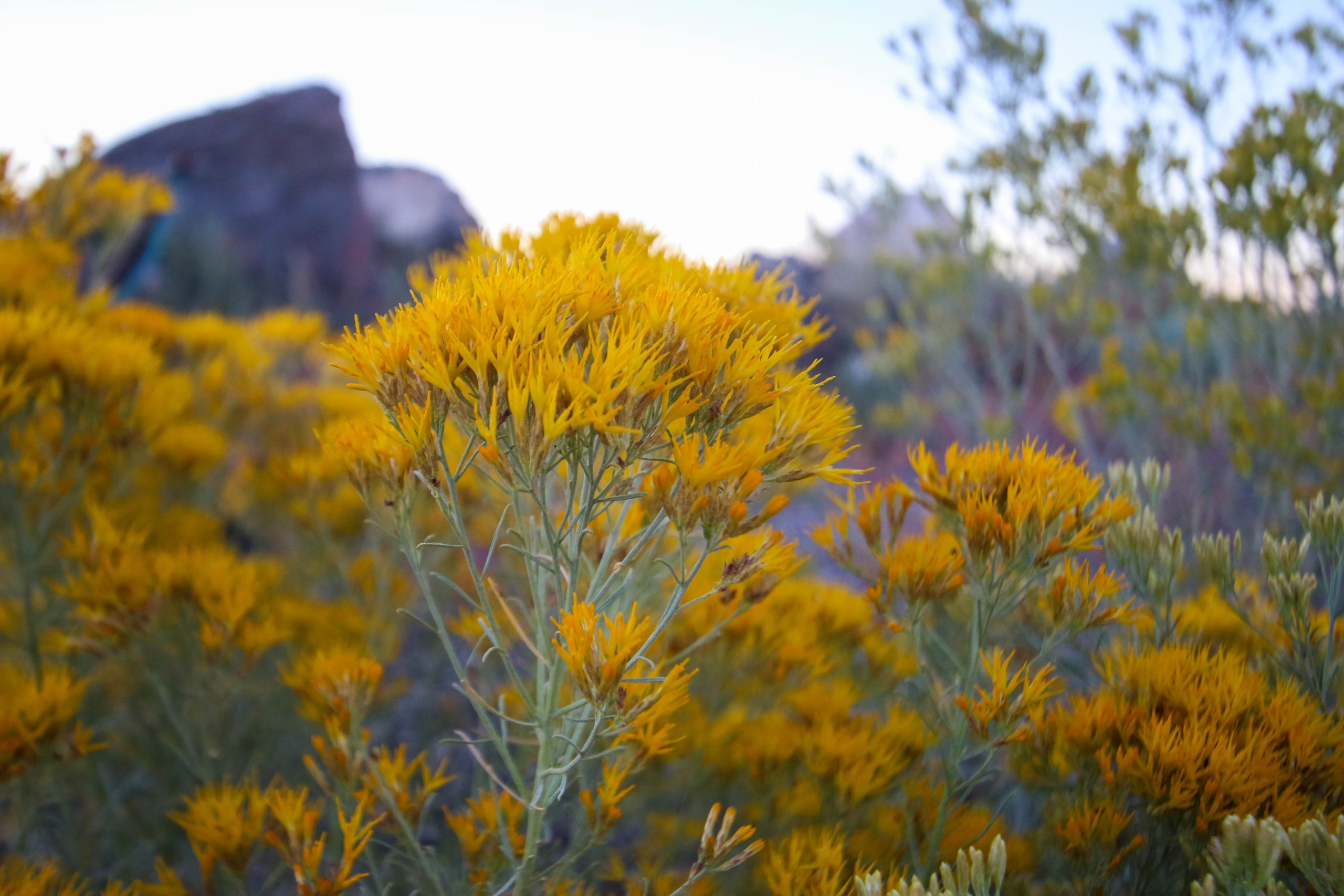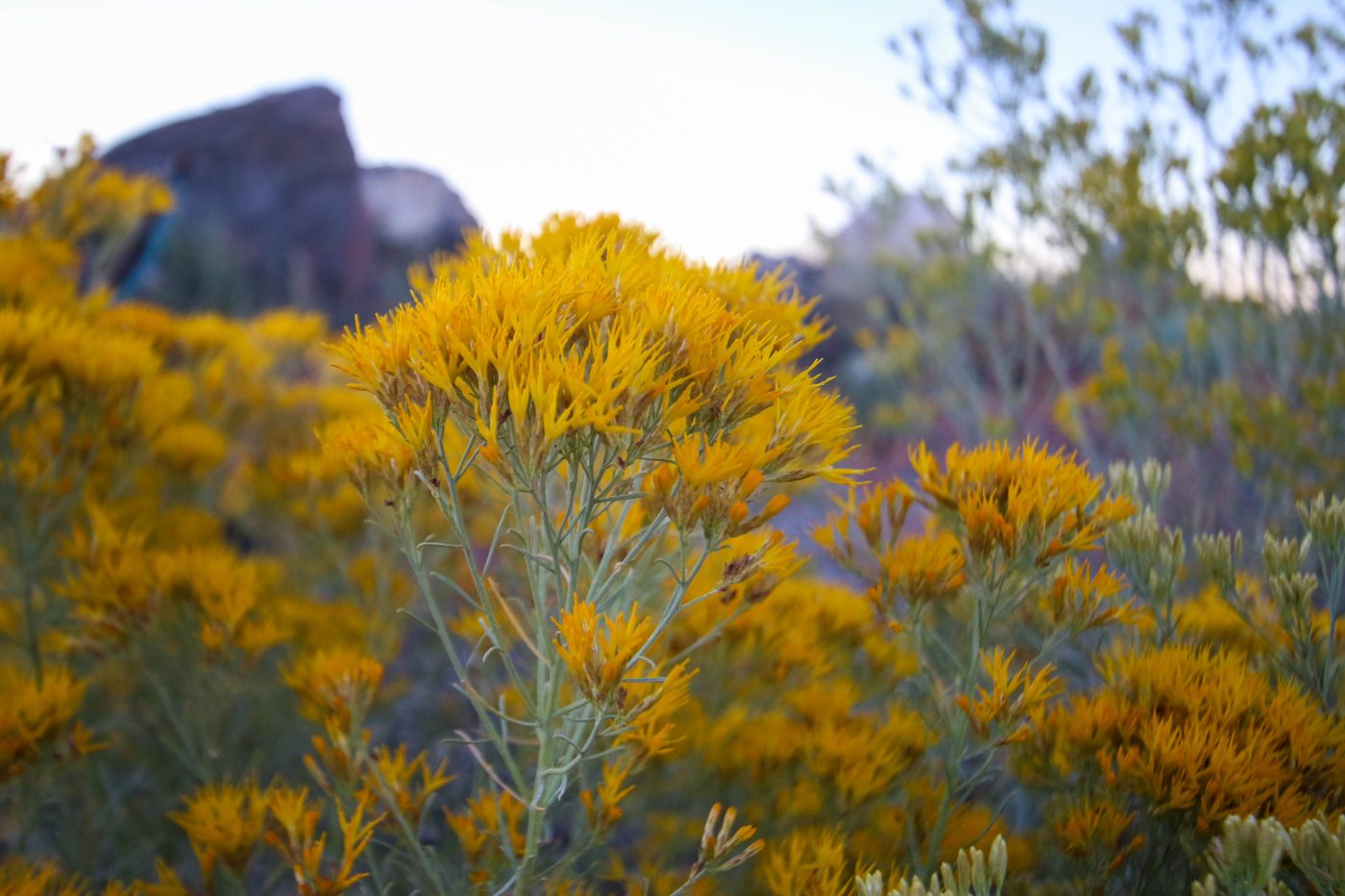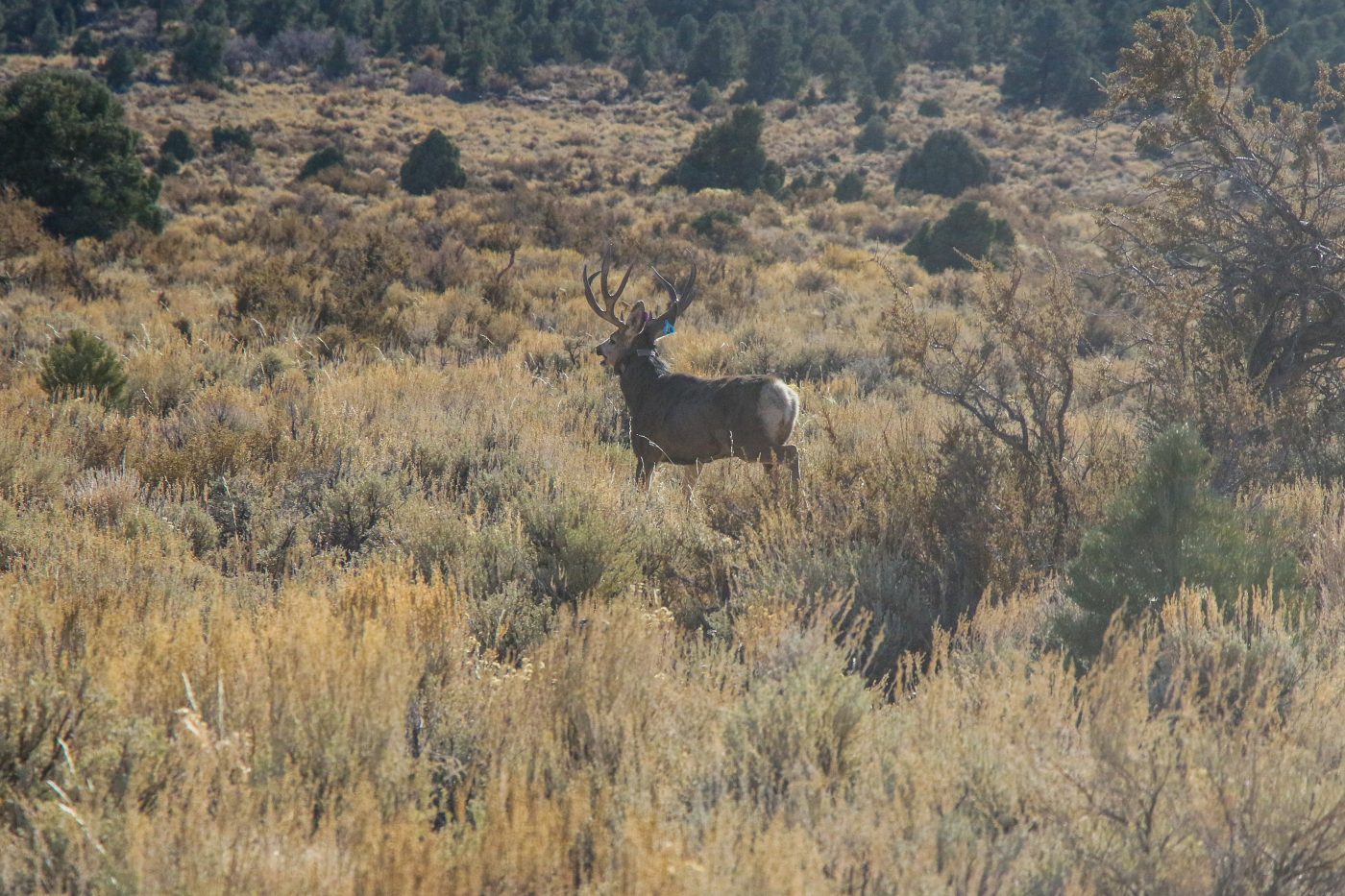
Plants and Animals

Plants and Animals
Because of its physical location, the NNSS is host to thousands of organisms living either in the Mojave Desert, the Great Basin Desert, or in the transitional habitat between these two deserts. There are 754 different species of plants, around 1,200 invertebrates, 34 reptiles, 239 birds, and 60 mammals which are known to occur at the NNSS.
Some of these plants and animals are monitored by on-site biologists because they are either rare, protected by law, at risk of being directly affected by NNSS activities, at risk of exposure to radionuclides, or are game species, which may be hunted and consumed by members of the public and are therefore potential pathways of radiological dose to the public.

The desert tortoise occurs on the southern third of the NNSS and is protected as a threatened species under the Endangered Species Act (ESA). The Desert Tortoise Compliance Program ensures this species is protected from harm on the NNSS.
The Important Species and Habitat Monitoring Program exists to ensure the protection of NNSS plants and animals not protected under the ESA but are considered important by state or federal resource management agencies. Important species include those protected or managed under state or federal regulations and sensitive species whose long-term viability has been identified as a concern by natural resource experts. These species’ habitats and critical resources (e.g., wetlands and nest sites) are also monitored under this program.
Information on plants and animals of the Nevada National Security Site is reported annually in section 13.0, Ecological Monitoring, of the NNSS Environmental Report.
Radiological monitoring of plants and animals is performed as a component of the Routine Radiological Environmental Monitoring Plan implemented on the NNSS. This component exists to assess the radiological dose to plants and animals from past and present NNSS activities and to calculate and report the potential radiological dose to a hypothetical member of the public should they consume certain NNSS game animals.
